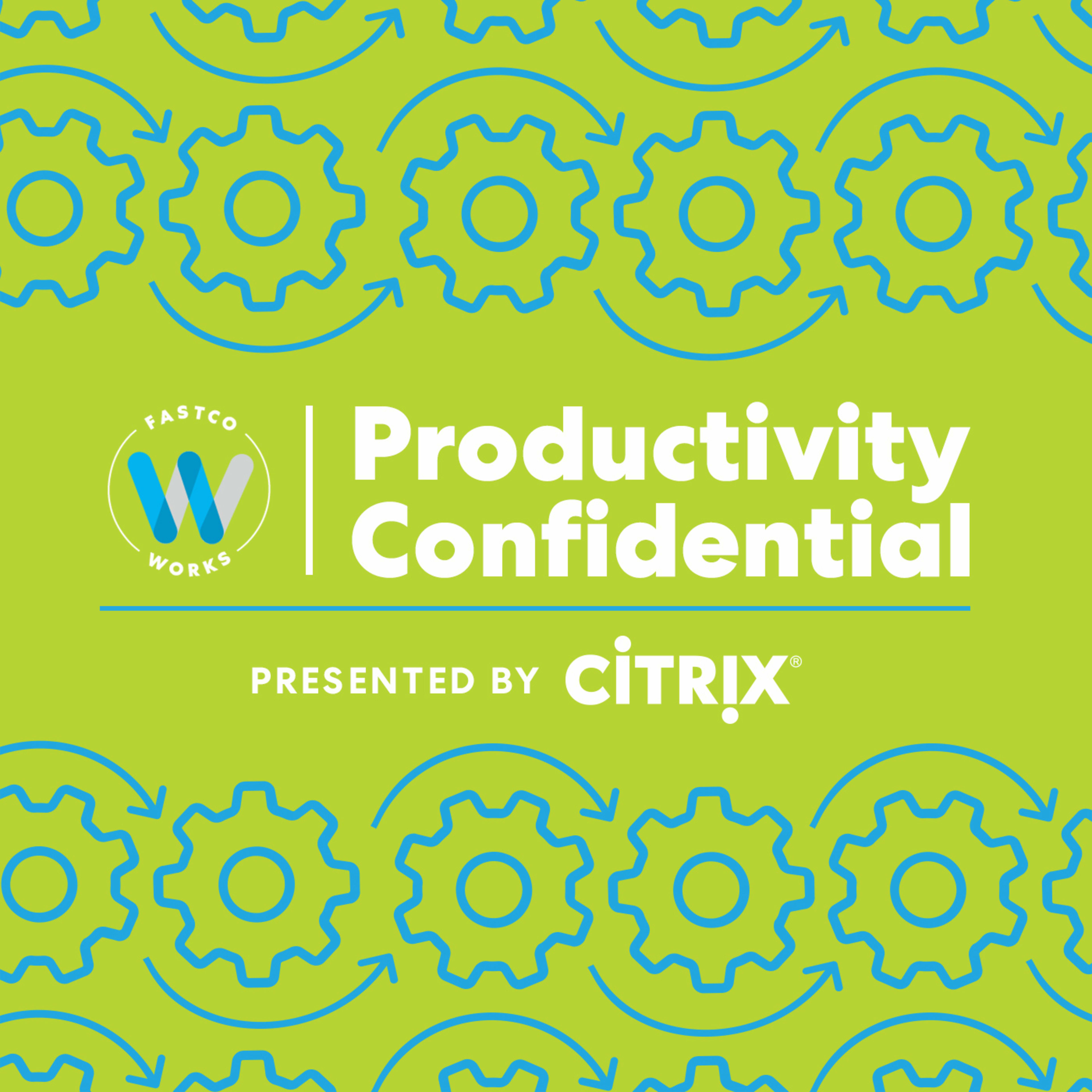RIP Cubicle: Inside The Innovative New Office Designs That Will Change The Way We Work
For decades, the image of the American office was a grim one. Endless rows of cubicles; harsh, humming, fluorescent lighting; stiff task chairs that make your back ache just looking at them. Recently, though, there’s been a shift, with employers injecting best practices from the wellness industry into the workplace and seeing productivity skyrocket.
Rachel Gutter, president of the International WELL Building Institute, has made it her mission to make wellness a central component of any office. Think of IWBI as a LEED rating for wellness, with buildings and offices awarded designations based on how they integrate employee wellness into the workplace. On this episode of Productivity Confidential, we sat down with Gutter to talk about why focusing on wellness can be the key to unlocking a company’s potential.
HIGHLIGHTS FROM THE PODCAST:
TED BROWN: It’s interesting talking about companies that offered a lot of things, especially to tech workers and these creature comforts that went a long way in attracting the top talent. But it feels like we’re in something of a wellness 2.0 movement where instead of just having a buffet at lunch or a dry cleaner on premises, you’re having healthy meals prepared for every day, for every dietary restriction. You’re having dry cleaners that don’t use any harmful chemicals, things like that. So can you talk a little bit about what this sort of next evolution, where this came from, and why it germinated, why this happened?
RACHEL GUTTER: We have more data and we have more science now. So we can match what the data says to the interventions and improvements that we’re making in the workplace. So, I think a lot of those early efforts were just about creating … Remember that movie Big? Where Tom Hanks has like all of the incredible toys in his pimped out apartment. I think that was the first version of wellness in the workplace. I’m using quotations and it was just kind of blinged out. It was all of the cool bells and whistles.
But smart employers started to say, why don’t I just select from those different strategies and features that are actually going to have an impact on my employees? And it turns out we have a massive body of knowledge to help us to make those decisions.
There have been a handful of studies that have come out recently that really have guided the design community. There is a study that came out from the Harvard School of Public Health called Cog FX. And that study was able to tie improved air quality to improved outcomes and productivity and cognition.
And that was a kind of holy grail and in fact that study was really looking at green buildings. So one thing that’s really interesting is that this health and wellness movement is really the second wave of sustainability coming out of the green building movement where we started out with green buildings, doing something that we thought was going to be healthy for the planet. And what we realized along the way was that it was healthy for people too. And now I think that more and more our attention shifts to those human focused improvements. Luckily it turns out that oftentimes what’s good for us is also good for our planet.
BROWN: So we’ve gone from these ping pong beanbag arms races to actually using technology to measure how well our employees are feeling at work and sort of their lives holistically?
GUTTER: Yeah. I think we started with a lot of the vanity measures, if you will. The wellness bling. And sure some of those things are really impactful and effective, like a sit stand desk, which is oftentimes one of the hallmarks of an office that’s really focused on health and wellbeing, is incredibly effective for reducing workplace injuries and for creating better conditions for productivity throughout the day, improved focus, and ultimately just improving health overall.
_
Citrix (NASDAQ:CTXS) aims to power a world where people, organizations and things are securely connected and accessible to make the extraordinary possible. We help customers reimagine the future of work by providing the most comprehensive secure digital workspace that unifies the apps, data and services people need to be productive, and simplifies IT’s ability to adopt and manage complex cloud environments.
For more perspective on how technology impacts the employee experience click here.
_
Listen to more Productivity Confidential Episodes:
You can find the episode on Apple Podcasts, Google Play, Stitcher, Spotify, RadioPublic, or wherever you get your podcasts.
Recognize your brand’s excellence by applying to this year’s Brands That Matter Awards before the early-rate deadline, May 3.
